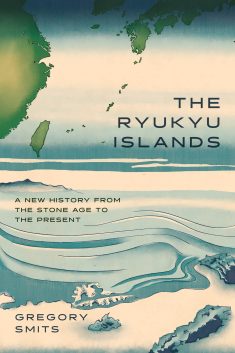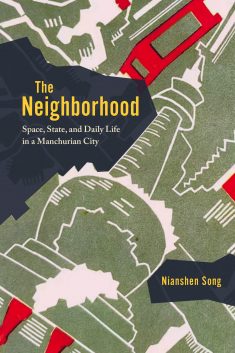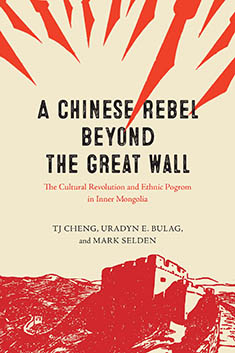The notion of the “silk road” lays a romantic gloss upon one of the most significant historical phenomena: the exchange of things and ideas across, and mutual development among, societies of the Old World. Trans-Eurasian interactions since ancient times have bequeathed manifold legacies, undergirding us with a common, if neglected, cultural infrastructure. Globalization began with the silk road.
The Silk Roads series explores both the reality and the imaginary of the silk road. Seeking to redress the disjuncture between the popularity of Silk Roadiana and the obscurity of academic publishing about the silk road’s actual peoples and places, our series publishes works that, while grounded in rigorous scholarship, can also speak to broader academic, student, and general audiences.
Our definition is intentionally vast: with a special but not exclusive interest in Central or Inner Asia, the series welcomes manuscripts concerning part or all of Afro-Eurasia and / or the Indian-Ocean world. Our time-frame encompasses modern geopolitical as well as ancient archaeological “silk roads,” and everything in between. Perspectives that cross regions or that relate specialized research to the wider concerns of a field are encouraged (e.g. bridging Central Eurasian to World history); so, too, are historical, anthropological, religious studies, art historical, musicological, economic, geographical, literary, and other approaches, especially in books that remain accessible to intelligent readers from specialties outside the author’s own.
The series is open to research monographs, synthetic studies, translations, and books aimed at general readers that fit or enhance the Silk Roads series concept.
The Silk Roads series is made possible by the generous support of the Henry Luce Foundation’s Asia Program. Founded in 1936, the Luce Foundation is a not-for-profit philanthropic organization devoted to promoting innovation in academic, policy, religious, and art communities. The Asia Program aims to foster cultural and intellectual exchange between the United States and the countries of East and Southeast Asia, and to create scholarly and public resources for improved understanding of Asia in the United States.









